In our previous exploration of talent mapping, we delved into its foundational principles and strategic advantages. Now, let’s focus on a critical application: succession planning. By leveraging talent mapping, organisations can proactively identify and develop future leaders, ensuring business continuity and resilience.
Understanding Talent Mapping in Succession Planning
Talent mapping is a strategic process that involves assessing both internal and external talent to align with an organisation’s current and future needs. It goes beyond merely filling vacancies; it’s about understanding the skills, competencies, and potential within your workforce to prepare for future challenges.
Key Benefits of Integrating Talent Mapping into Succession Planning
1. Early Identification of High-Potential Employees
By systematically evaluating your workforce, talent mapping helps in pinpointing individuals with leadership potential early on. This proactive approach allows for targeted development and reduces reliance on external hires.
2. Addressing Skill Gaps Effectively
Talent mapping reveals critical skill gaps within the organisation. Understanding these gaps enables the design of tailored training programmes, ensuring that employees are equipped to meet future organisational demands.
3. Aligning Leadership Development with Business Strategy
As businesses evolve, so do their leadership requirements. Talent mapping ensures that leadership development initiatives are in sync with the organisation’s strategic direction, preparing leaders for upcoming challenges.
4. Reducing Costs and Risks Associated with External Hiring
Internal promotions, facilitated by effective talent mapping, often result in better cultural fit and lower recruitment costs compared to external hires. This approach also minimises the risks associated with onboarding new employees into critical roles.
Implementing Talent Mapping for Succession Planning
To effectively integrate talent mapping into your succession planning:
- Define Critical Roles and Competencies: Identify key positions and the skills required for success.
- Assess Current Talent: Evaluate employees’ performance and potential using objective tools.
- Develop Individual Development Plans: Create tailored growth plans for potential successors.
- Monitor and Update Regularly: Keep the talent map current with regular reviews and adjustments.
Conclusion
Integrating talent mapping into succession planning is a strategic move that prepares organisations for the future. By proactively identifying and developing internal talent, businesses can ensure leadership continuity, reduce recruitment costs, and foster a culture of growth and development.
At Maptimise.com, we offer tools and insights to support your talent mapping initiatives, helping you build a resilient and capable leadership pipeline.


Leave a Reply